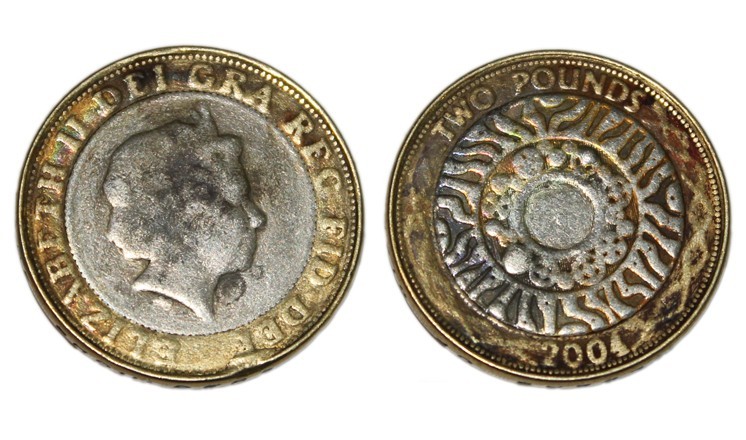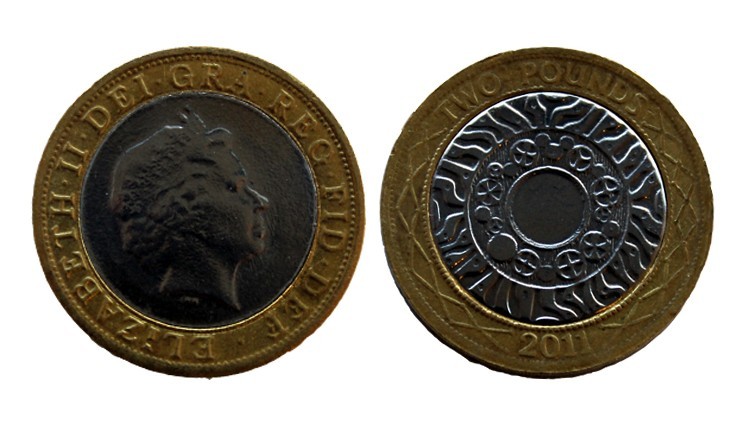Can you trust the change in your pocket?
RSS FeedYou may have seen the news recently that the Royal Mint will be releasing a new £1 coin in 2017, retiring our current and familiar £1 coins after over 30 years of faithful service. This move, which includes a new 12-sided shape, attractively referencing the old threepenny bit which older readers will no doubt remember, is being done not simply for the sake of it, but in an attempt to combat counterfeiting. In fact, the Royal Mint proclaims that this new coin will be setting new international standards for security. The extent of modern counterfeiting is rather shocking, and a recent survey suggested that just over 3% of all £1 coins may now be fake. Its certainly the reason that a ticket machine in a car park sometimes refuses to accept the coin you're putting in it! The Royal Mint have even released a poster to help people spot fake coins, which you can download here.
Of course, combatting counterfeiting is nothing new, and its interesting to note that these latest announcements are simply the latest round in a two thousand year old battle between coin manufacturers and those who would seek to make money out of producing forgeries. Our numismatic collections here at the museum are packed with examples of poor quality local copies of official Roman coins and bronze coins coated to look like they are made of pure silver. Equally, we have lots of examples of coins that have been diminished by people clipping the edges to steal tiny slivers of precious metal. Coin mints in the Middle Ages introduced different designs to combat this particular form of coin-related theft - and it even carried the death penalty. Here in Lincoln in 1290, a wealthy Jewish lady called Belaset of Wallingford was hanged on charges of coin clipping, though as this episode ocurred during a major period of anti-Jewish atrocities it is difficult to be certain of the truth of any such accusations. Her house, now known as the Jew's House, still stands, and is one of the city's most important historic buildings.
Our numismatic collections are not just about collecting ancient coins and we try and ensure that the collection reflects the development of coinage and money through time. Recently, we have added two very new coins to the collection, in the form of forgeries of modern £2 coins. Both of these coins were kindly placed in the museum's donation boxes by members of the public, and spotted by eagle-eyed staff. They have since taken on a different role by being added to the permanent collections as examples of the forgeries being carried around, presumably unwittingly, by visitors to the museum. Take a close look at the images of them. Would you spot them as fakes in your pocket?
Comments
There aren’t any comments for this blog yet


